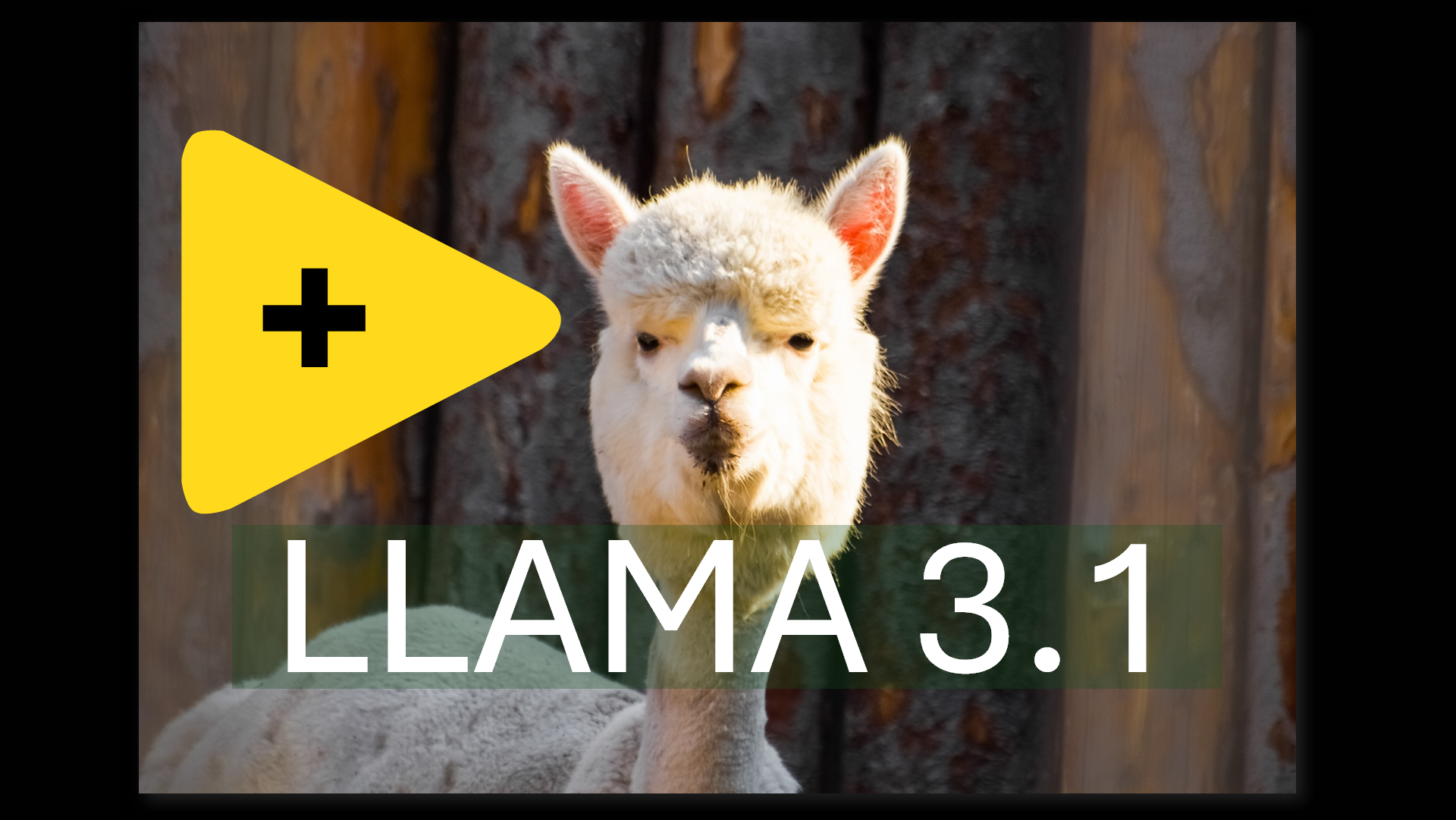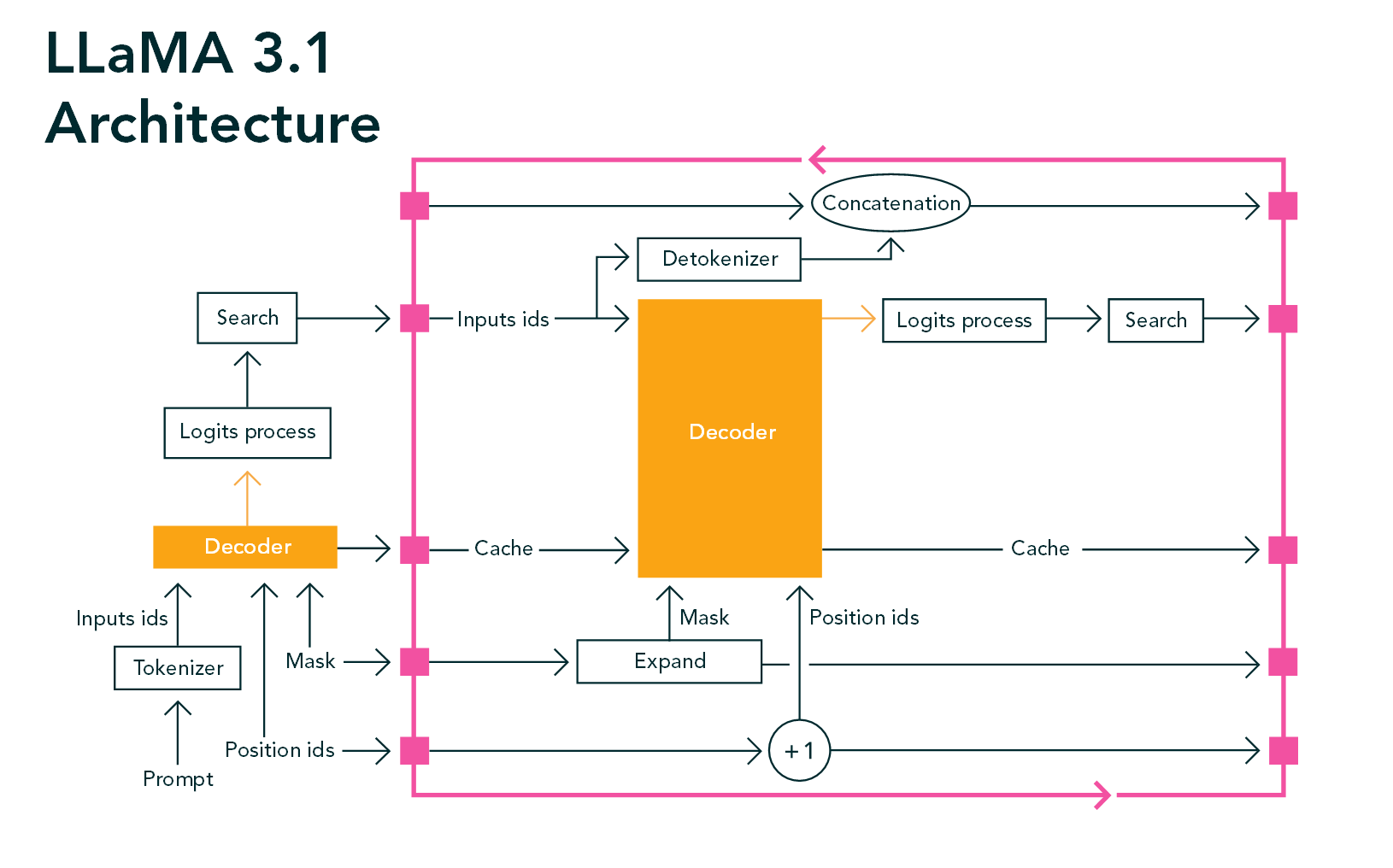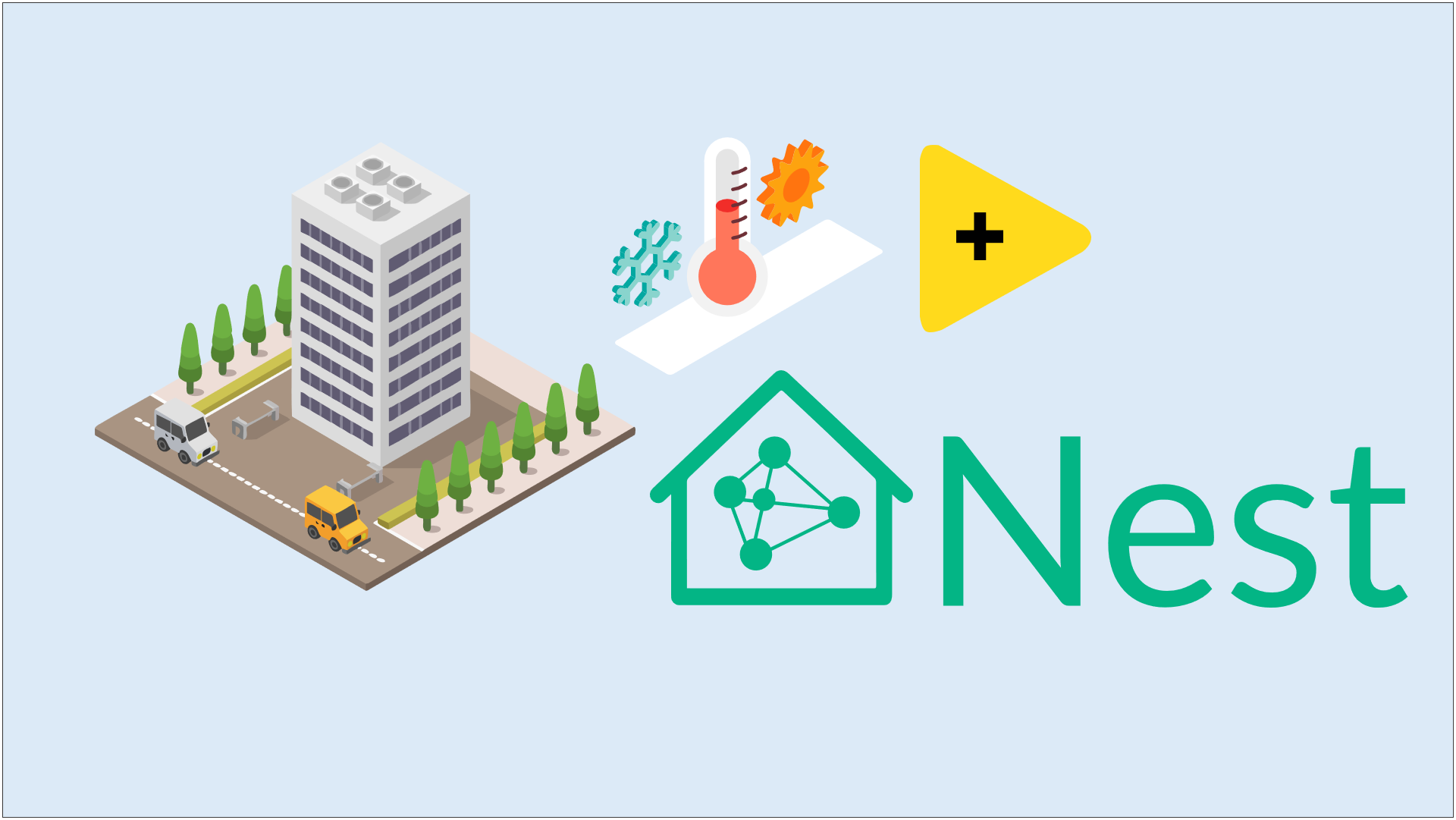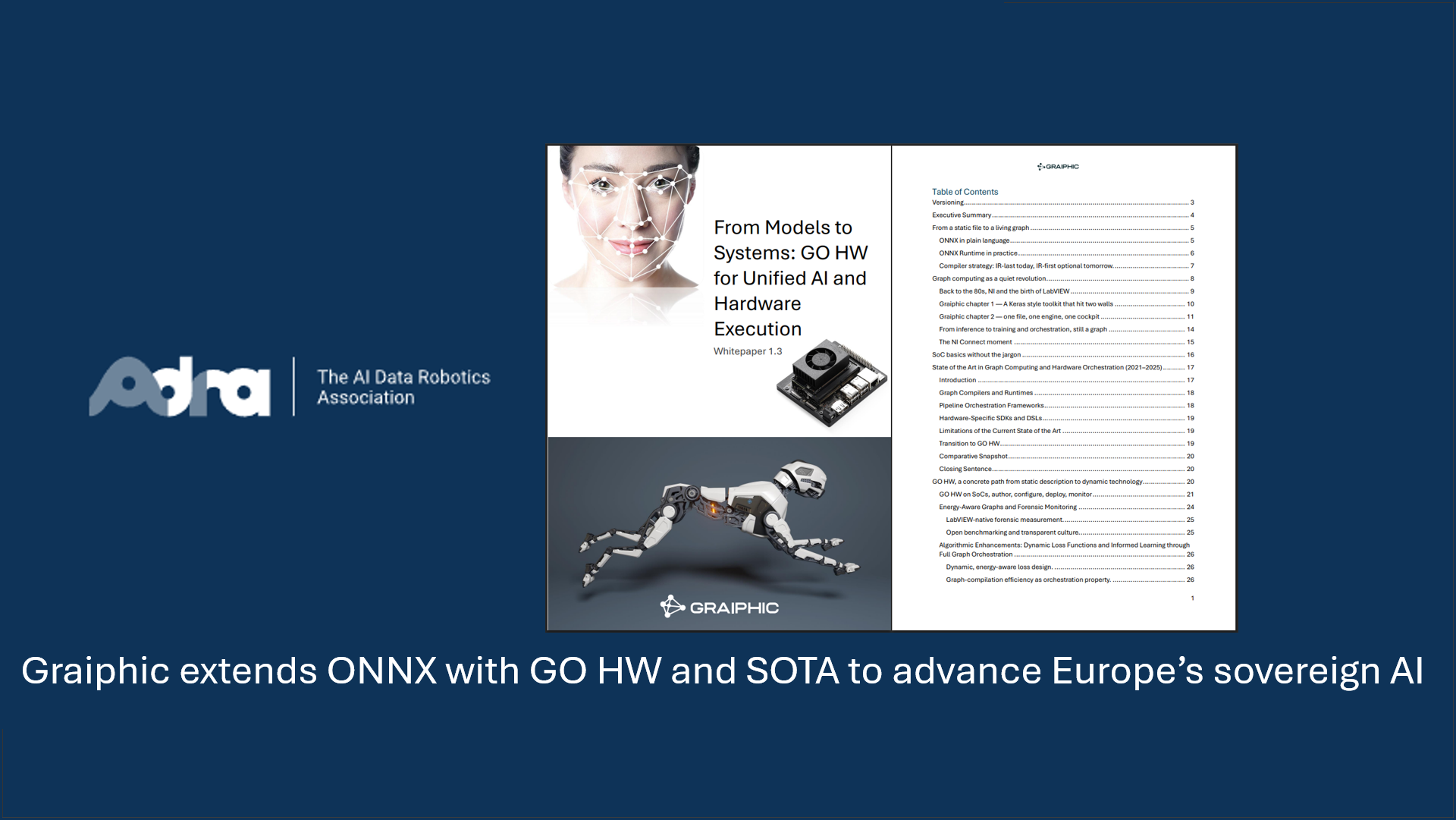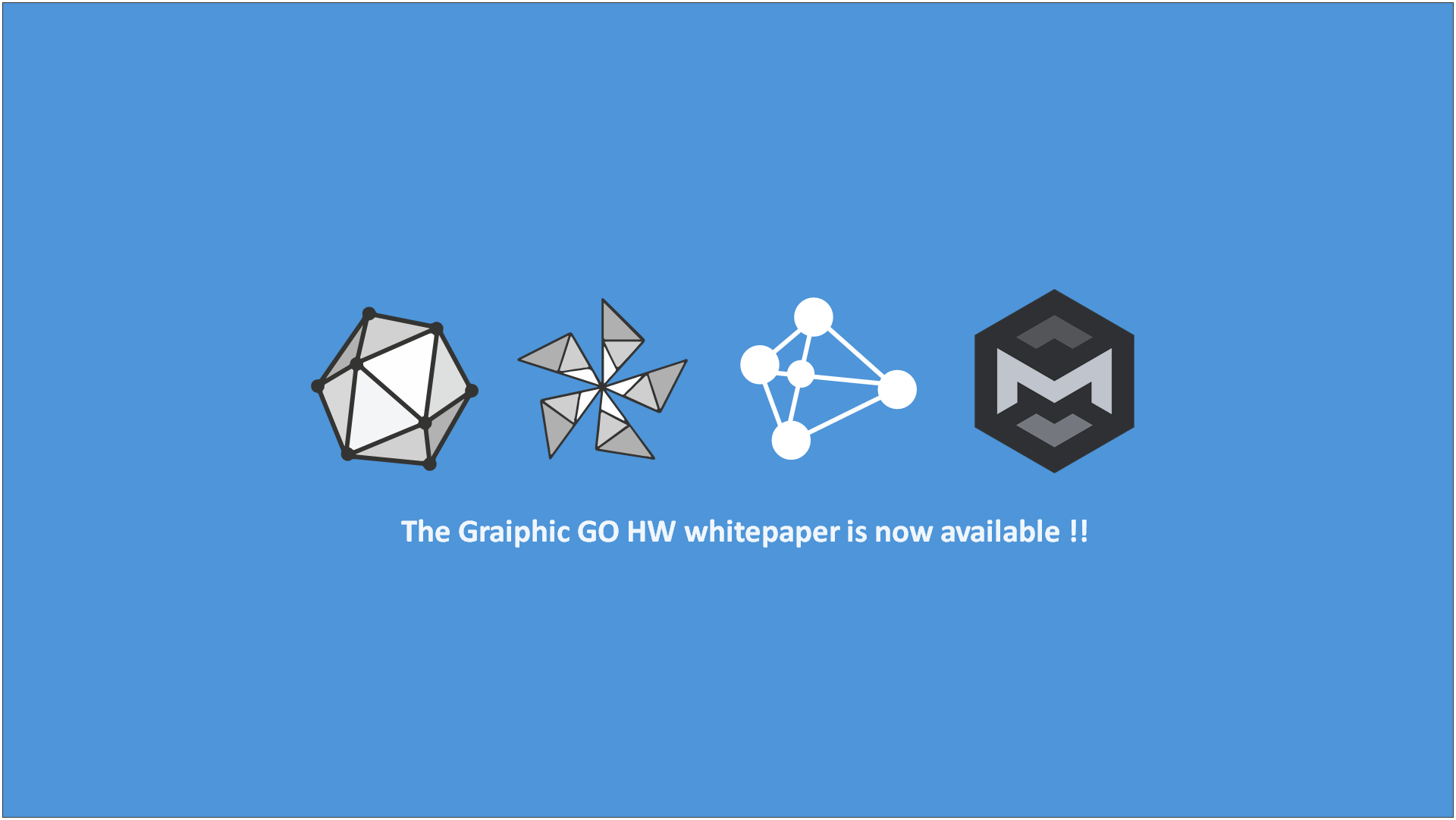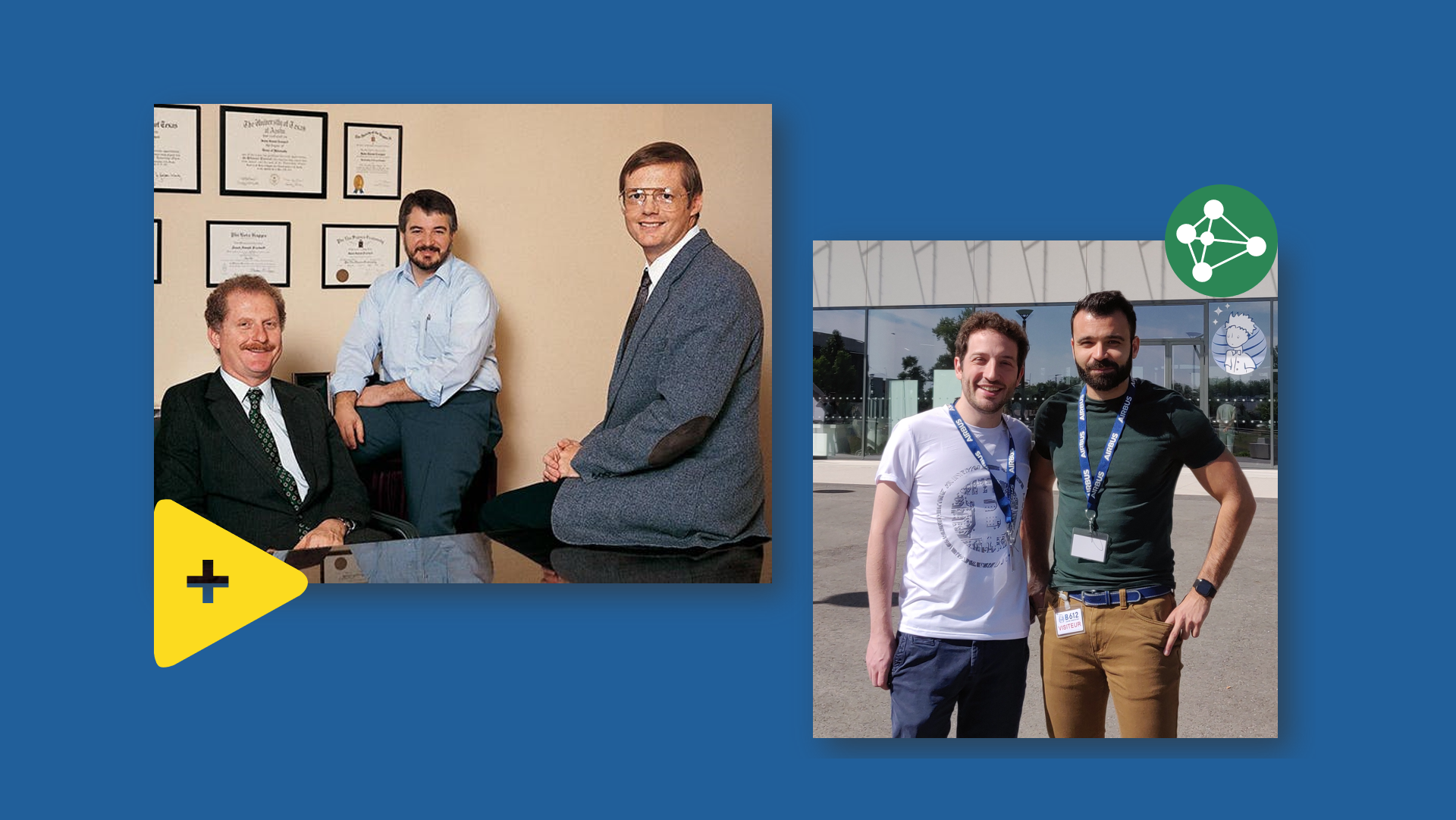Integration of LLama 3.1 8B with LabVIEW Deep Learning Toolkit
We are excited to announce the seamless integration of Meta’s LLaMA 3.1 8B model, a highly efficient Small Language Model (SLM), into the LabVIEW Deep Learning Toolkit. This integration enables developers and engineers to harness the power of LLaMA 3.1 directly within LabVIEW, opening up new possibilities for AI-driven applications in automation, robotics, and advanced data processing.
Introduction to LLama 3.1 8B
Llama 3.1, released by Meta in July 2024, is a state-of-the-art language model designed to handle a wide range of natural language processing tasks. The 8B version, specifically optimized for environments with limited computational resources, brings advanced language capabilities to LabVIEW without the need for extensive hardware. Despite its smaller size compared to its larger counterparts, Llama 3.1 8B excels in tasks such as text classification, real-time language processing, and interactive AI applications.
Capabilities and Performance
The Llama 3.1 8B model provides a perfect balance between computational efficiency and advanced language processing. With its 128,000-token context window, the model can manage complex tasks that require an understanding of long sequences of text. When integrated into the LabVIEW Deep Learning Toolkit, users can leverage these capabilities to enhance AI applications such as predictive maintenance, intelligent control systems, and automated decision-making processes.
Model Architecture and Integration with LabVIEW
The Llama 3.1 8B model is based on a standard Transformer architecture, tailored for stability and performance in diverse AI tasks. Within the LabVIEW Deep Learning Toolkit, the model can be easily deployed and customized, allowing users to integrate advanced language understanding into their existing LabVIEW projects. This integration simplifies the development of sophisticated AI solutions, enabling faster prototyping and deployment without the need for deep programming expertise.
To integrate Llama 3.1 with LabVIEW, we had to work extensively to reproduce its operational architecture from the available ONNX files. We performed reverse engineering using the Hugging Face Transformer library due to the lack of documentation, which was a highly interesting exercise. We now have four models available: base, base ft (fine-tuned), large, and large ft.
Integration into LabVIEW
With the LabVIEW deep learning module, LabVIEW users will soon be able to benefit from advanced features to run models like Llama 3.1. This module will enable these models to operate on LabVIEW, providing top-tier performance for complex computer vision tasks. Key features offered by this toolkit include:
- Full compatibility with existing frameworks: Keras, TensorFlow, PyTorch, ONNX.
- Impressive performance: The new LabVIEW deep learning tools will allow executions 50 times faster than the previous generation and 20% faster than PyTorch.
- Extended hardware support: CUDA, TensorRT for NVIDIA, Rocm for AMD, OneAPI for Intel.
- Maximum modularity: Define your own layers and loss functions.
- Graph neural networks: Complete and advanced integration.
- Annotation tools: An annotator as efficient as Roboflow, integrated into our software suite.
- Model visualization: Utilizing Netron for graphical model summaries.
- Generative AI: Complete library for execution, fine-tuning, and RAG setup for Llama 3 and Phi 3 models.
Example Video
In this video, we demonstrate the Llama 3.1 model operating as an agent within a state machine architecture. This setup allows users to easily load images and select model prompts. The example will be downloadable with the release of the toolkit in October. We utilized the LabVIEW deep learning module and the computer vision module for display, both included in the “SOTA” suite releasing in October.
Conclusion
With the upcoming LabVIEW Deep Learning module, Llama 3.1 will be available as an example, providing a foundation for users to easily fine-tune it for specific applications in the future. This development marks a new era in automation and robotics, where computer vision tasks become more accessible and efficient. Prepare to explore these new features in October, and stay tuned for more updates and demonstrations.




